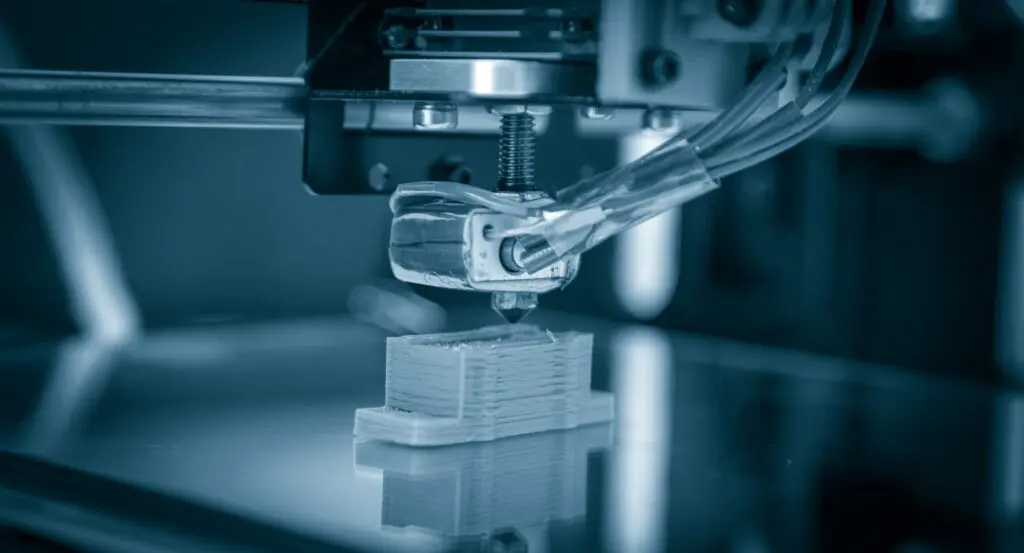 |
| Additive Manufacturing Solutions |
Advanced Recycling and Additive Manufacturing in Defence
Rolls-Royce, in collaboration with Additive Manufacturing Solutions (AMS) and the UK Ministry of Defence (MOD), has successfully tested 3D-printed engine components made from recycled titanium sourced from retired Tornado aircraft. This milestone marks the first UK demonstration of integrating advanced recycling and additive manufacturing techniques for defence applications.
AMS has leveraged an innovative process to dismantle surplus Tornado aircraft, extracting high-quality titanium and transforming it into atomized powder. This material serves as feedstock for 3D printing new components, including a nose cone and fan blades for Rolls-Royce’s Orpheus engine—part of the MOD’s Future Combat Air System (FCAS) program for the next-generation Tempest fighter jet.
The 3D-printed nose cone has already been fitted onto an Orpheus test engine, passing rigorous suitability and safety checks. AMS CEO Rob Higham expressed gratitude to MOD and Rolls-Royce for enabling the company to demonstrate the potential of circular economy processes in the defence sector.
Andrew Eady, Rolls-Royce Vice President of FCAS Sustainability, emphasized the project's alignment with the FCAS Sustainability Strategy and MOD Defence Support Strategy. He highlighted Rolls-Royce’s leadership in circular economy practices and the role of digital innovation in reducing carbon footprints.
UK Minister for Defence Procurement and Industry Maria Eagle underscored the strategic importance of the Tornado 2 Tempest project, citing its positive environmental impact, cost savings, and contribution to national security. The initiative also bolsters the domestic defence industry, reinforcing the UK’s commitment to sustainability and technological advancement in military aviation.

